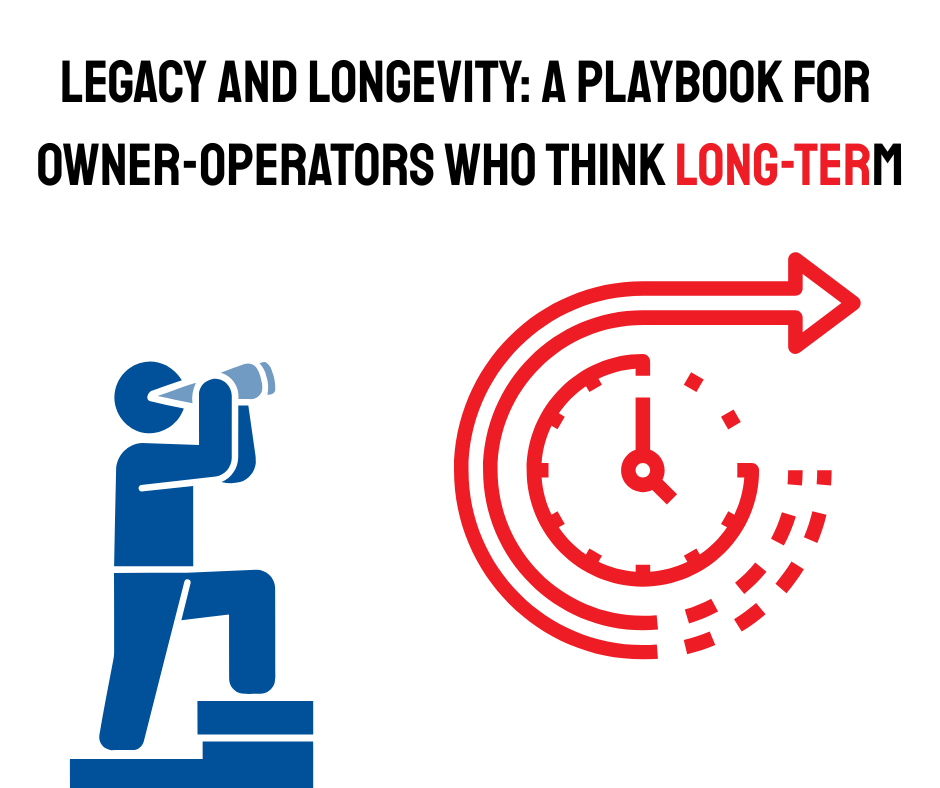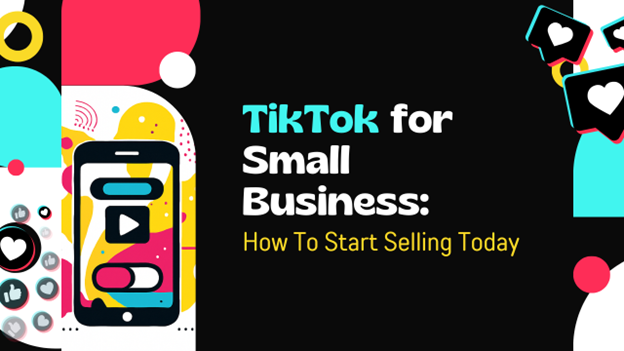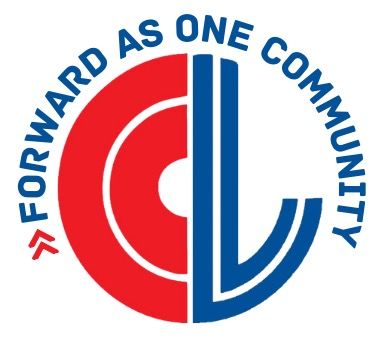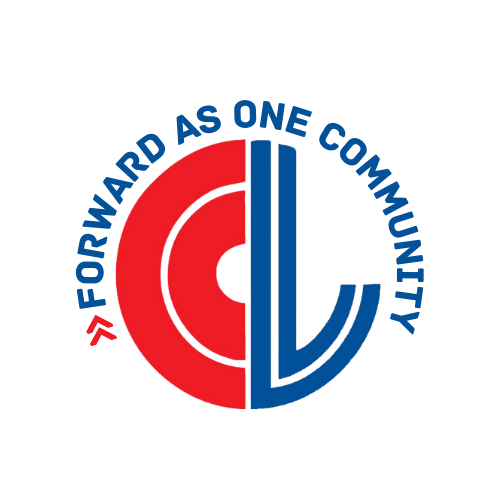5 Customer-Focused Strategies to Build Loyalty and Drive Growth
Customers expect businesses to prioritize their needs, and those that do see stronger loyalty and growth. A customer-first mindset doesn’t require big budgets—just smart, intentional strategies. Here’s how:
- Personalize Every Interaction – Use simple tools to track preferences and offer relevant experiences.
- Deliver Seamless, Empathetic Service – Make customer support easy, responsive, and thoughtful.
- Engage Proactively – Anticipate needs and check in before issues arise.
- Build Community & Relationships – Go beyond transactions by supporting local causes and fostering connections.
- Listen, Adapt & Improve – Gather feedback and refine offerings, just like top brands do.
Small steps make a big impact. Prioritizing customer experience helps businesses of any size outperform competitors. Ready to strengthen loyalty? Let’s dive in.
628 words ~ 3 min. read
Customer expectations have evolved. In today’s competitive landscape, businesses that prioritize customer needs see higher retention, stronger brand advocacy, and increased revenue. A study by PwC found that 73% of consumers consider customer experience a key factor in their purchasing decisions—yet, only 49% say companies provide a good experience. The gap between expectations and reality presents a major opportunity for businesses willing to go the extra mile.
Here are five strategies to build long-term customer relationships and drive loyalty:
1. Personalize Every Interaction
Personalization might seem overwhelming for small businesses, especially when looking at how giants like Amazon and Netflix use AI-driven recommendations and automation. However, the core principle remains the same: customers respond to businesses that understand their needs. Even without a massive tech budget, small businesses can apply these strategies in practical ways. Start by using a simple CRM to track customer preferences, segmenting email lists for more relevant messaging, or offering personalized discounts based on past purchases. Over time, these small steps can build stronger customer relationships and drive engagement—proving that personalization isn’t just for big brands, but for businesses of all sizes.
2. Deliver Seamless and Empathetic Service
Small businesses might not have the resources of Apple or Zappos, but that doesn’t mean they can’t deliver outstanding customer service. The key isn’t having a massive support team—it’s about making every interaction smooth, responsive, and thoughtful. Start by offering at least one or two reliable ways for customers to reach you, whether that’s email, social media, or a simple chat feature on your website. Focus on quick, clear communication and empower employees (or yourself) to handle issues with empathy. Even small improvements, like a faster response time or a more personal touch, can make a big difference in customer loyalty—proving that outstanding service isn’t just for big brands, but for businesses of any size.
3. Engage Customers Proactively
The best customer service isn’t reactive—it’s proactive. Businesses that anticipate needs and engage customers before they reach out gain trust and loyalty.
- Send reminders for upcoming service needs or expiring subscriptions.
- Offer educational content, like tutorials or insider tips.
- Check in post-purchase to ensure satisfaction.
For example, Spotify’s curated playlists based on listening habits create a sense of thoughtfulness that keeps users engaged.
4. Build Relationships Beyond Transactions
Creating a community around your business fosters long-term loyalty.
- Develop exclusive memberships or loyalty programs.
- Engage on social media with authentic, two-way conversations.
- Align with customer values — support community causes or partner with other businesses to demonstrate connectedness to the goal of a thriving local economy.
For example, a local bakery could build loyalty by partnering with a nearby school for a fundraiser, donating a portion of sales to support classroom supplies. Similarly, a boutique could team up with a nonprofit, hosting a special shopping event where proceeds go toward housing for refugees—showing customers their purchases make a real impact in the community.
5. Listen, Adapt, and Improve
Customer needs evolve, and businesses must continuously refine their strategies. The most successful brands actively listen and implement feedback. Here are a few ways to do so.
- Conduct surveys and NPS (Net Promoter Score) assessments.
- Analyze customer support trends to identify pain points.
- Show customers that their feedback drives meaningful changes.
Big brands like Netflix regularly tweak its recommendation algorithms based on user interactions, ensuring an ever-improving experience. Small businesses can take a similar approach by tracking customer preferences—whether through purchase history, survey feedback, or social media engagement—and using that insight to tailor offerings, suggest relevant products, or refine their services to better meet customer needs.
Final Thoughts
A customer-first mindset isn’t just about satisfaction—it’s about long-term success. Businesses that invest in personalized marketing, seamless service, proactive engagement, strong relationships, and continuous adaptation will stand out in an increasingly crowded market.
---
The Leavenworth-Lansing Area Chamber of Commerce is a private non-profit organization that aims to support the growth and development of local businesses and our regional economy. We strive to create content that not only educates but also fosters a sense of connection and collaboration among our readers. Join us as we explore topics such as economic development, networking opportunities, upcoming events, and success stories from our vibrant community. Our resources provide insights, advice, and news that are relevant to business owners, entrepreneurs, and community members alike. The Chamber has been granted license to publish this content provided by Chamber Today, a service of ChamberThink Strategies LLC.




